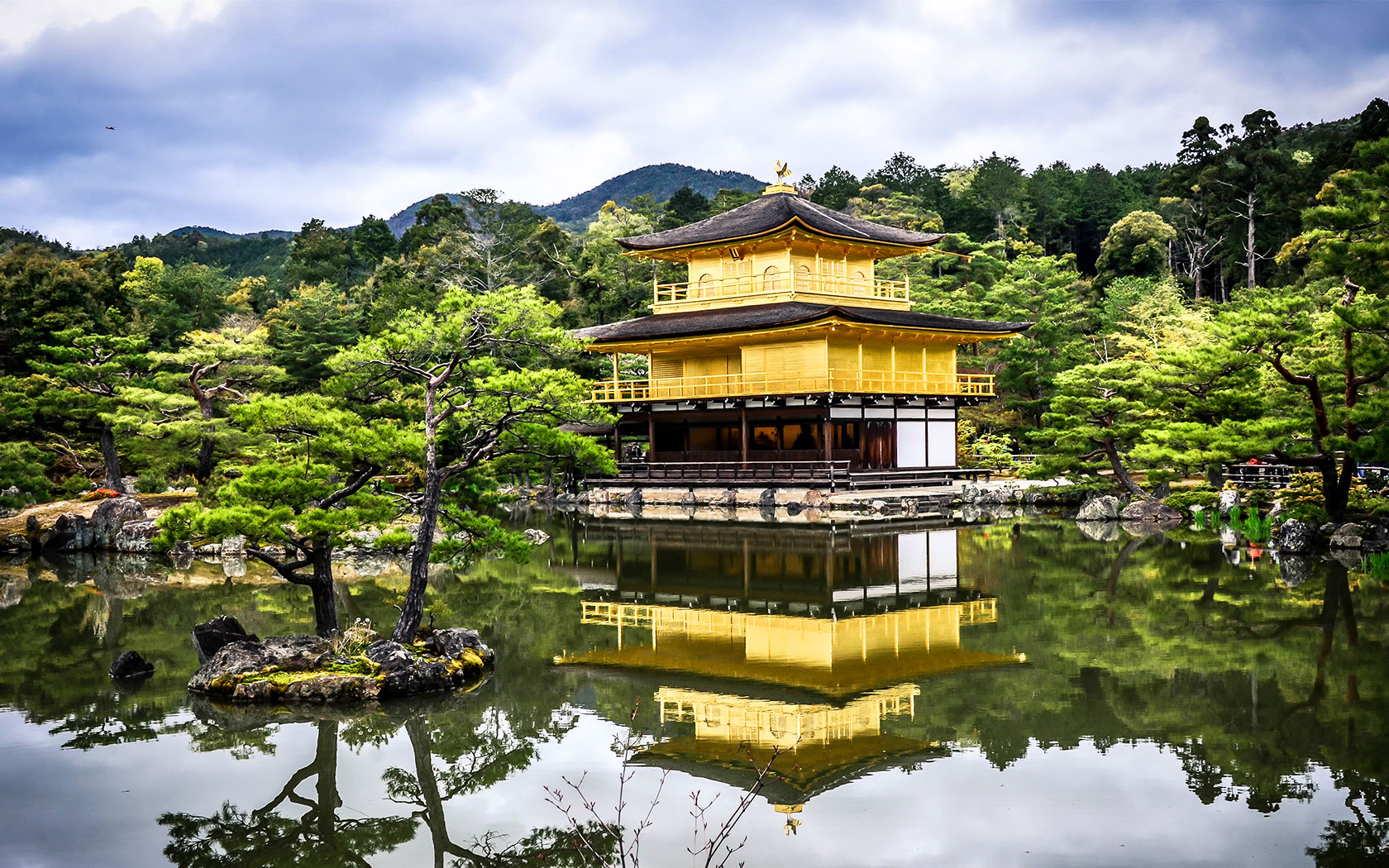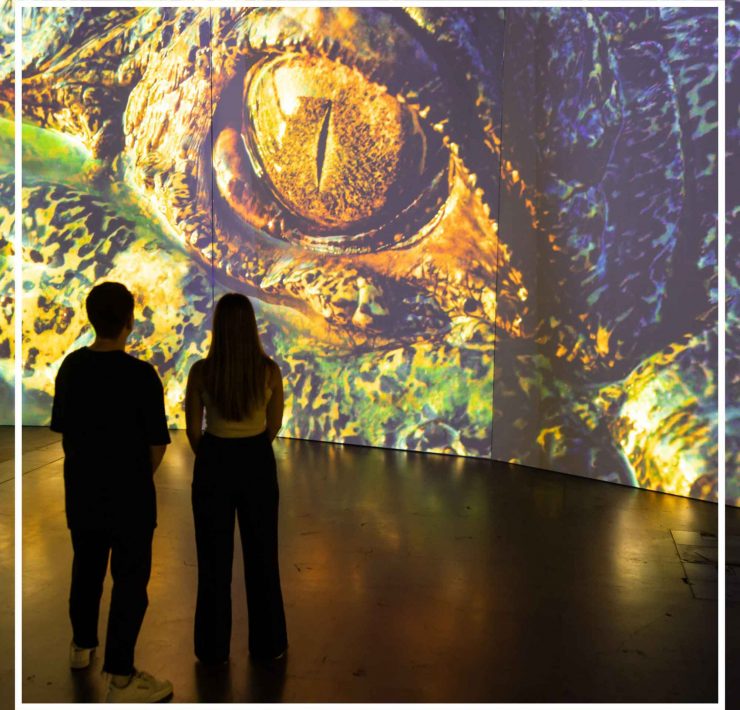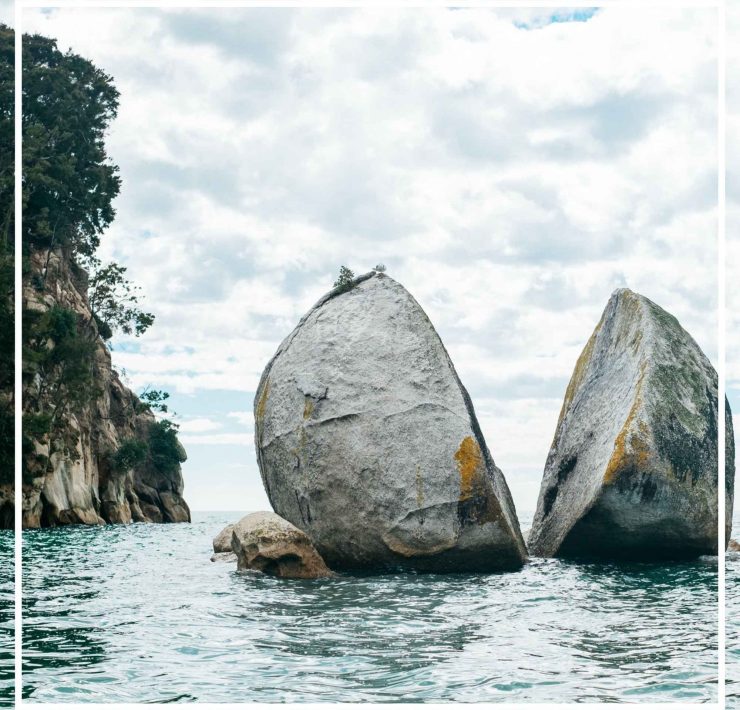10 Photos That Perfectly Capture How Stunning Japan’s Cherry Blossom Season Is

When you think about springtime in Japan, chances are the famous bloom of pink and white cherry blossoms comes to mind. From late March until late April (or May in some areas), tens of thousands of cherry blossom trees bloom, with their delicate petals transforming Japan’s vast, diverse scenery into a thing of spectacular elegance.
Don’t believe us? Let the photos do the talking.
In Akita, the weeping cherry trees (Shidare-Zakura) drape themselves around the black walls of old samurai residences, some 300 years old. In Aichi, though the famous Nagoya Castle is a year-round attraction, it’s particularly beautiful during cherry blossom season, with thousands of flowers decorating the famous turrets.
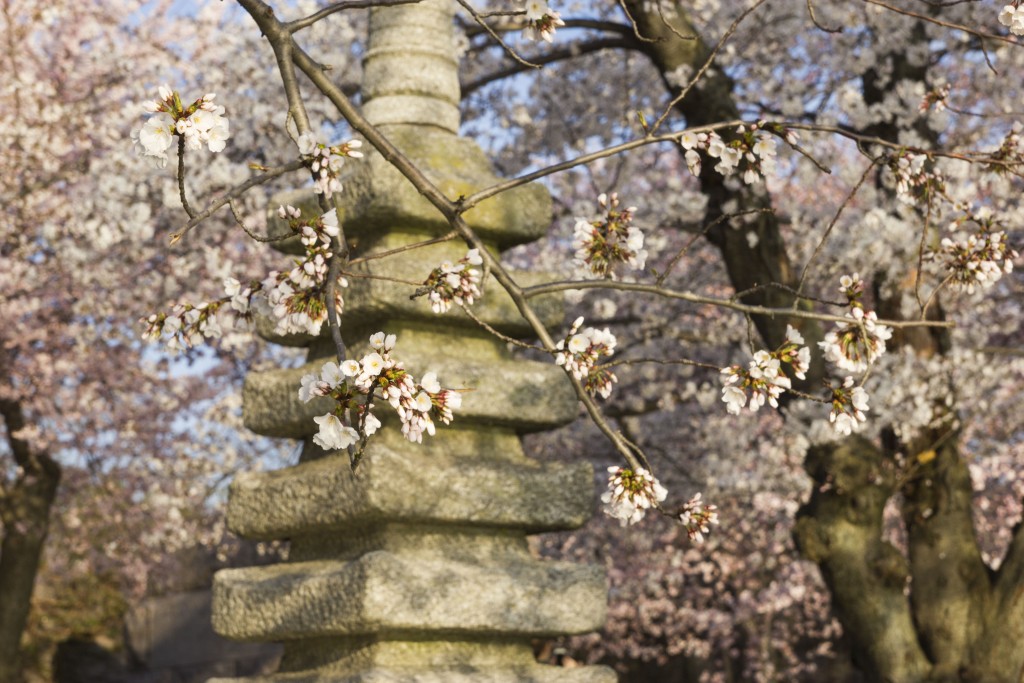
The highest mountain in Japan, Mount Fuji (which is also an active volcano) is already an extremely popular tourist attraction. When cherry blossoms bloom, the view of the mountain, and its surrounding Fujiyoshida city, is even more beautiful.
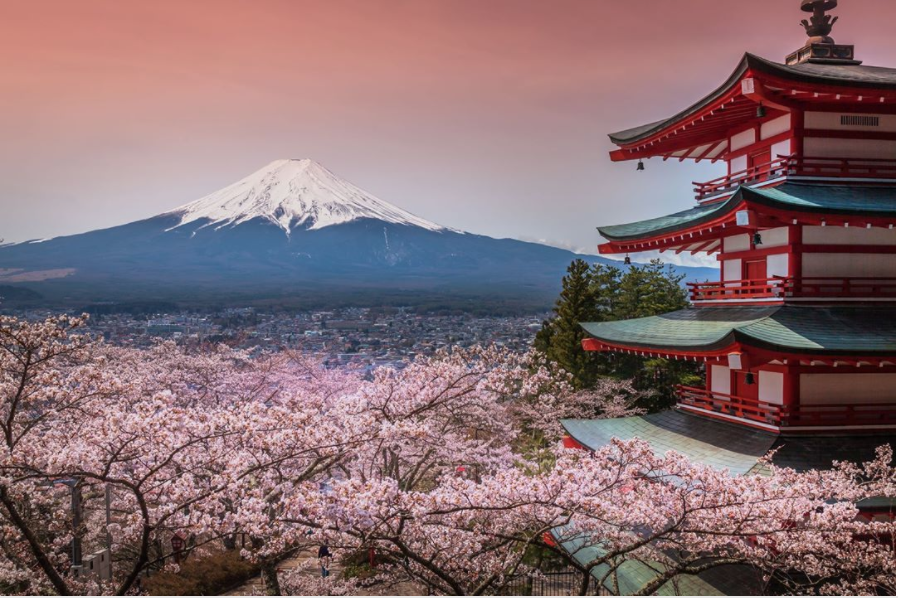
Thousands of tourists flock to the country each year to catch this spectacular event, and for good reason too – there’s no doubt that cherry blossom season is one of the world’s most breathtaking natural phenomena.
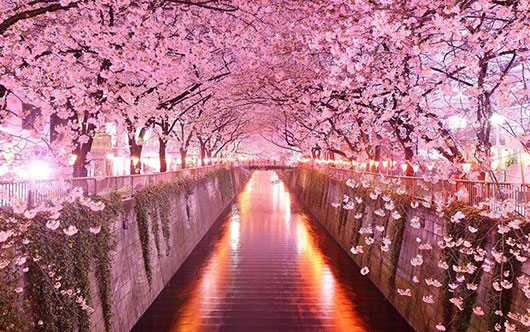
From Akita to Tokyo, Hokkaido to Kyoto, Osaka to Hiroshima and beyond, the cherry blossoms not only make for stunning scenery in parks and fields, but add a magical feel to Japan’s bustling cities and ancient ruins.
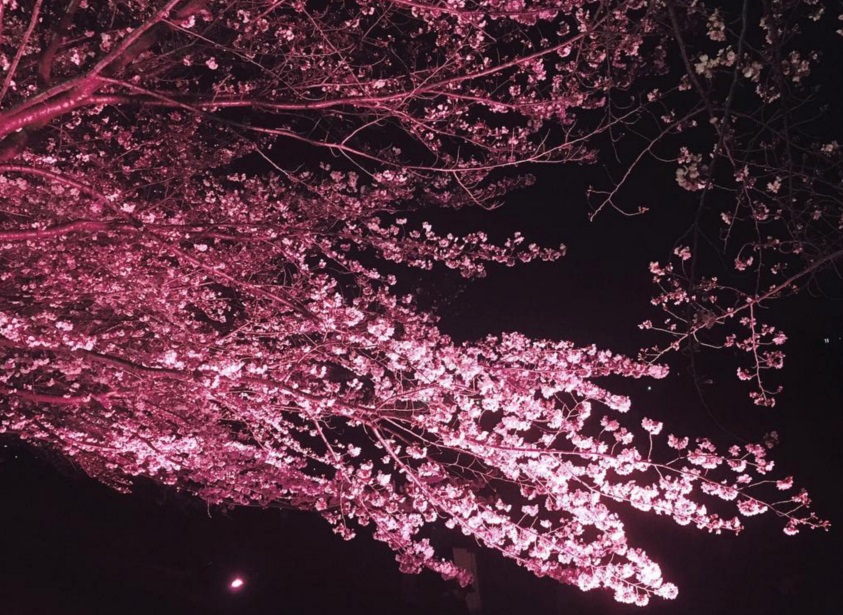
Though most commonly associated with Japan, cherry blossoms can be found all across the world. The US, Canada, New Zealand, Australia, UK, Germany, France, India, Brazil and China are just some of the countries to have adopted the species.

Though spring is the best known season for cherry blossoms, certain types flourish during winter too. The fuyuzakura (winter cherry blossom) appears in autumn and remains in bloom throughout the winter.

Today, there are more than 600 species and hybrids of cherry blossom grown around Japan and the rest of the world. The most common form is Somei Yoshino, a hybrid species which is almost entirely white, although some petals are pale pink.
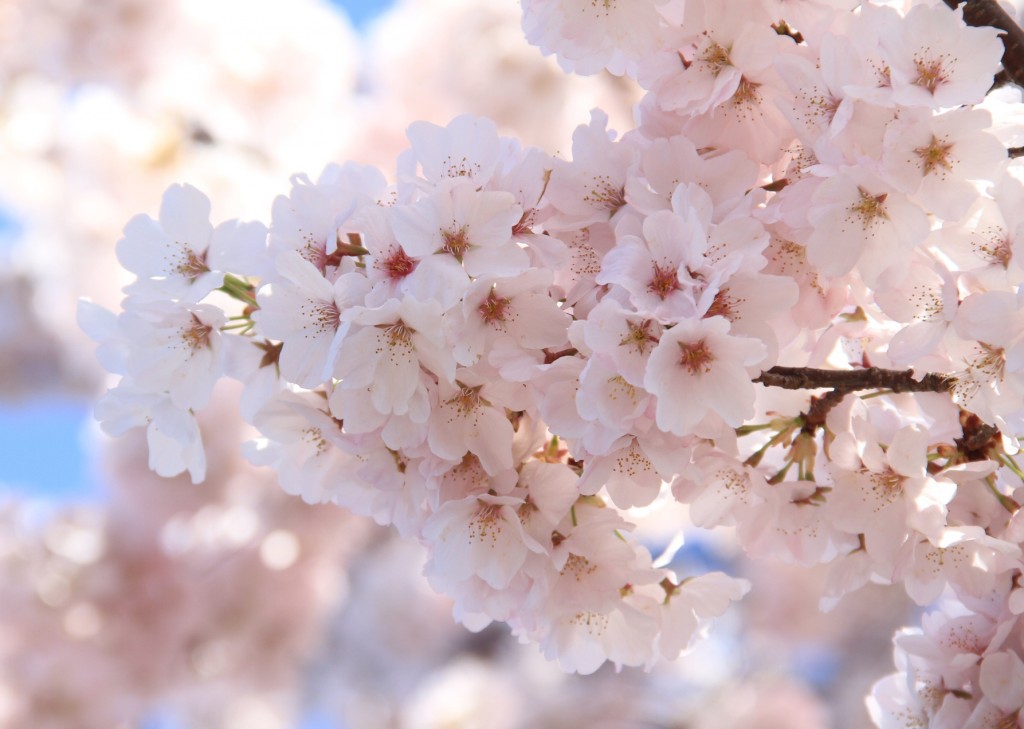
More than just beautiful, cherry blossoms and leaves are also edible, and are used in many dishes and ingredients; they can be pickled in vinegar, used in rice, cookies, and even ice cream.

The largest Japanese garden in the South Hemisphere is right here in Australia, in Cowra NSW, and includes dozens of cherry blossom trees among other Japanese species. It hosts a cherry blossom festival every September during the springtime bloom.
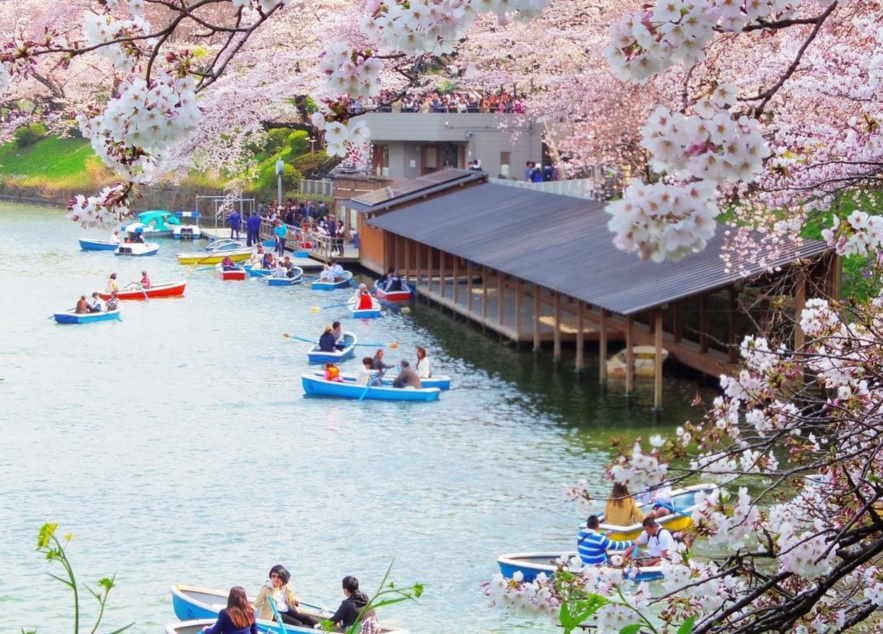
There’s a great deal of symbolism behind the sakura. Many view the blossoms as a symbol of beauty and mortality, along with an acceptance of destiny, karma and the transience of life. Durnig World War II, it was also used as a national symbol of motivation for both citizens and the military.
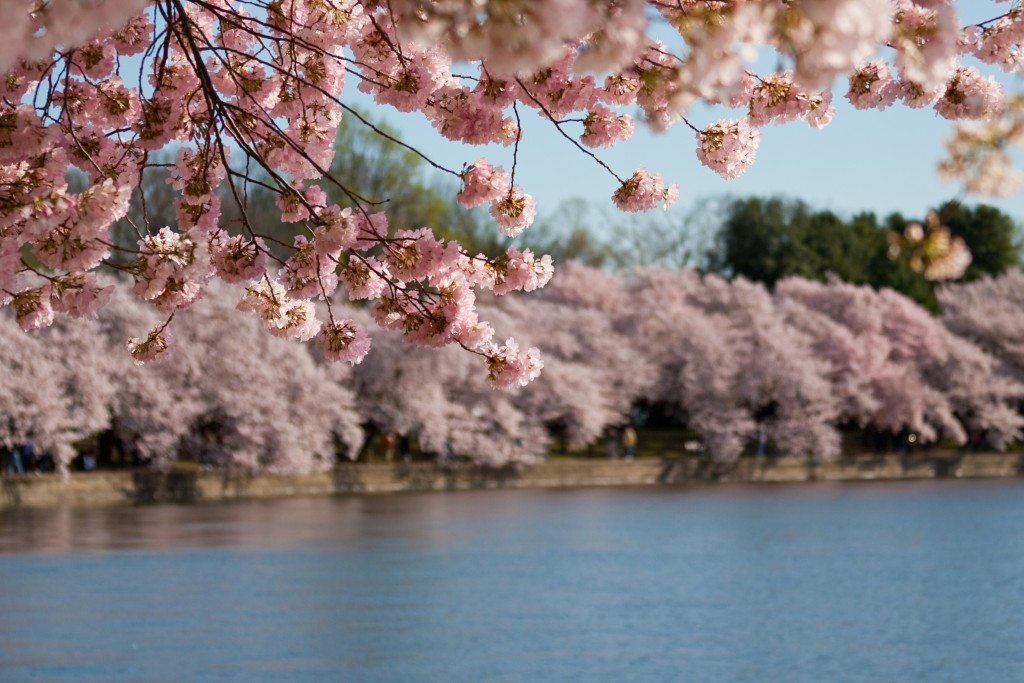
The annual cherry blossom seasons is a spectacular springtime event in Japan and around the world. Loved by locals and tourists alike, it’s undoubtedly one of the most breathtaking natural wonders on the planet. Japan should be a must-see on any travel lover’s bucket list, and springtime may just be the best time for the trip.
[qantas_widget code=NRT]Check out Qantas flights to Japan.[/qantas_widget]


